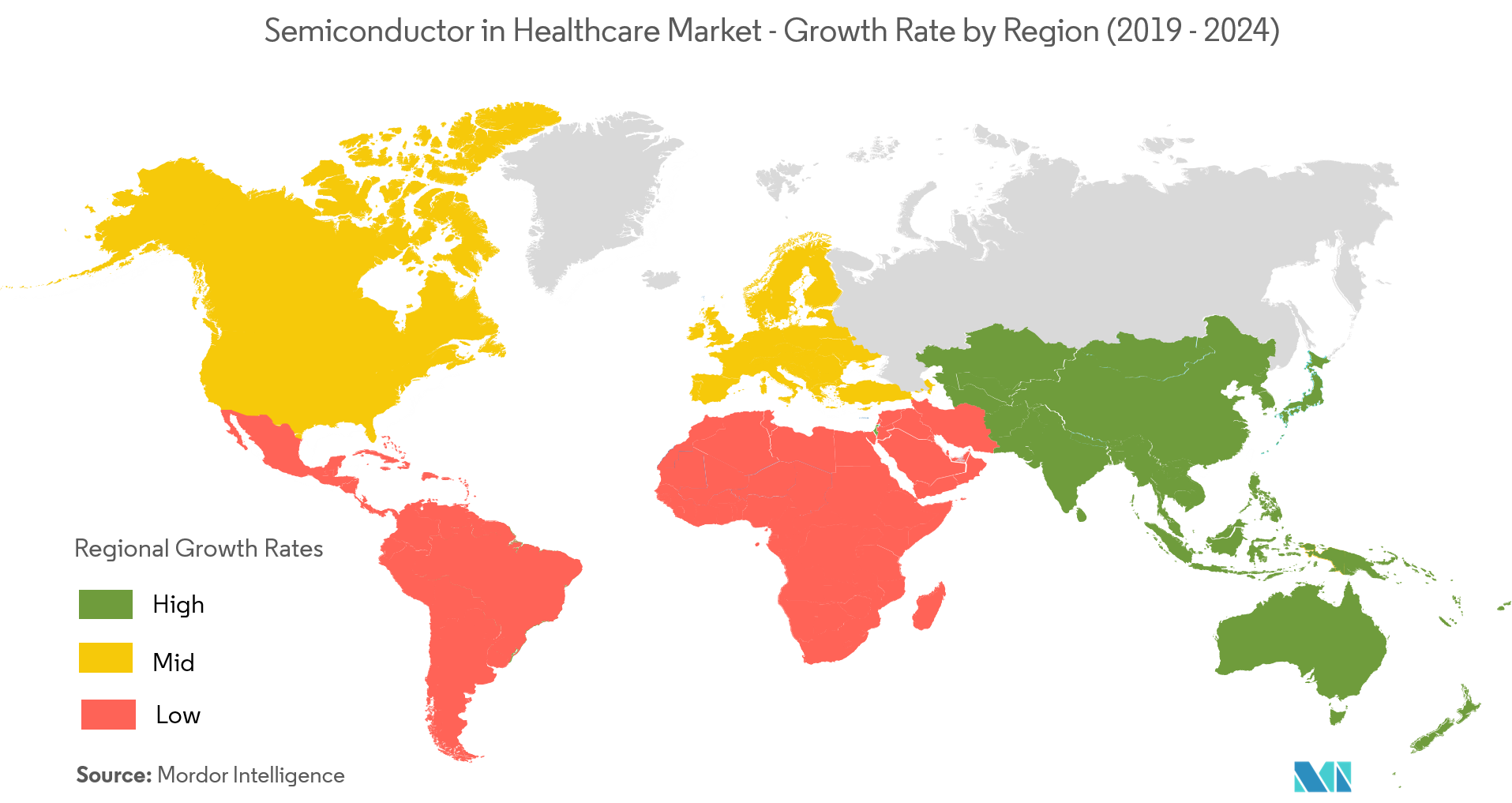Semiconductors are a drive engine to the future requirements and applications of the technology industry. As one of the world’s leading semiconductor companies, SK hynix must stay ahead of the curve in order to define these next-generation technologies. And more and more we are seeing that the technology industry is expanding beyond the familiar ICT startups.
One of the biggest trends is the expansion of health and fitness companies entering the technology space. U.S. fitness equipment manufacturer, Peloton, has been getting increased attention with its business model that combines fitness equipment and video streaming services. The company has its instructors and coaches streaming in real-time in which users can participate through the attached screen on their Peloton treadmill or stationary bike.

Source: Peloton Press Site
It has not only the function to live-stream classes but also is able to provide a customized health service by collecting and analyzing the personal workout frequency, intensity and body mass index. All of these features have contributed to Peloton’s success in recent months and propelled it to become a household name as a disruptor in the fitness industry.

Source: Mirror
Other companies like Mirror have also benefited from the success of this technology in the space. The company provides customers with an interactive mirror-like screen that tracks and teaches you as you work out, using artificial reality (AR) technology to make it feel like your personal trainer is in the room with you. The device comes with a Bluetooth heart rate monitor so you can truly track how hard you’re working and allows you to compete with others in live and on-demand classes.
As these new business models look to add more technology to interact more intimately with consumers, they are generating an overwhelming volume of data with high-resolution real-time video data from live streamed fitness classes, and the collection of user information such as workout frequency, intensity, and body mass index. According to Netflix.com, streaming an HD video for an hour generates about 3GB of data, so you can imagine how much hundreds of thousands of live and on-demand video classes held daily by these digital fitness companies are producing.
According to the report titled “Global Interactive Fitness Market 2020-2024” by Technavio, the interactive fitness market is expected to grow by USD 5.44 billion during 2020-2024. According to Technavio, the rising trend of “exergaming” is anticipated to boost the growth of the global interactive fitness market.1 There is already an increased need for memory as we are seeing significant data being generated by these companies who are requiring data quicker and more efficiently.
Across the globe

Source: Mordor Intelligence
We expect to see an increased relevance between the memory semiconductor and health businesses with companies continuing to highlight key technologies in big data, AI (Artificial Intelligence) and data centers. According to the report titled “Semiconductor In Healthcare Market – Growth, Trends, And Forecast (2020 – 2025)” by Mordor Intelligence, the semiconductor in healthcare market is expected to grow at a CAGR of over 10.2%, during the forecast period (2020 – 2025), given the increasing investments in research and innovation centers, government programs, and governmental policies that are favoring the IT health equipment and devices markets.2 As we can see from cases like Peloton and Mirror, the expansion of the markets will inevitably lead to the explosion of data and growing demand for advanced memory solutions.
Other forms of fitness technology such as fitness trackers and monitoring devices are also contributing to massive data generation boom, where memory chips are also used. These devices are becoming significantly more popular as they can track everything from your heart rate and steps taken to glucose levels for those with diabetes. You could imagine the multiple benefits of these devices offer as they track and log significant data on a daily and even hourly pace to give users valuable personal health information and advice. They also provide users with daily motivations and achievable goals to hold users accountable to live a healthier life.
With the number of these types of devices increasing and functions expanding with each new generation, there will continue to be a strong growth of memory semiconductors in the market across the globe. These memory solutions not only contribute greatly to the devices themselves but in data centers around the world in order to effectively store and properly utilize the information generated.

SK hynix’s 16Gb (Gigabits) DDR5 (Double Data Rate 5) DRAM
Memory as a Key
All of this data generated is increasing at a daily rate. As more companies look to join this new growth area, the industry is requiring stable memory solutions with high speed and capacity to properly deliver these offerings to customers who are excited about the possibilities of how technology can enhance their health and fitness experience at home. To do this, analyzing big data is the core of digital fitness and health businesses, and advanced memory solutions in both devices and data centers are key to this vision.
“The live video streaming of digital fitness services realized via AR requires both high-spec user devices and data traffic processing capacity at back-end. It means that to analyze big data utilizing AI, the entire system must be able to process high capacity data,” said Young Choul Kim, Project Leader (PL) at Computing Marketing Team of SK hynix. “At the current stage, the end user devices such as mobile connected devices conduct basic calculations with LPDDR4 DRAM, and data centers receive the results to process more complex analysis with high-performance DDR4 DRAM. In the future, end user devices will adopt High Bandwidth Memory 3 (HBM3) or LPDDR5 DRAM, and DDR5 DRAM will play key roles in back-end processing and analysis in data centers.”
In fact, with diverse factors driving, demands for memory semiconductors from data center clients are surging which helped reduce suppliers’ stock levels in 4Q of 2019. According to the DRAMeXchange research division of TrendForce, 4Q19 NAND flash bit shipment increased by nearly 10% QoQ thanks to demand growth from data center clients.3
As AI and big data greatly expand into more commonplace applications, semiconductors are especially important to reliably store and manage vast amounts of data. Memory devices are used to collect and analyze large amounts of information in real-time.
Kim commented, “As digital revolution expands into various industries, the amount of data needs to be processed is increasing dramatically. It becomes more and more important to utilize the big data to understand the present and foresee the future. As a result, demands from data centers are growing simultaneously.”
Not just a trend
From 2020 onward, it is expected that the memory semiconductor industry will continue to grow with the continued increase in demand from data center clients, supported by various industries including digital fitness and health industry. New startups, such as Tempo, are joining the space to incorporate AI and big data with digital fitness services, while more established companies like Fitbit are expanding their offerings to meet the unique demands from customers.
This is the reason we see a large makeup of the world’s most innovative companies on lists from news outlets like Fast Company and Forbes feature largely HealthTech companies. At SK hynix, we are prepared to meet the needs as predictions for the increased demand for this technology grow into the next decade. We are excited at the possibilities we are seeing from numerous newly arising industries as there are always greater demands for faster and more reliable memory solutions.
1Jesse Maida, “Global Interactive Fitness Market 2020-2024, Growing Awareness Among People about Healthy Lifestyles to Boost Market Growth”, Technavio. (2020)
2“Semiconductor in Healthcare Market – Growth, Trends, And Forecast (2020 – 2025)”, Mordor Intelligence. (2019)
3Ben Yeh, “Driven by Strong Demand from Data Center Clients, 4Q19 NAND Flash Revenue Grows 8.5%, Says TrendForce”, TrendForce. (2020)







